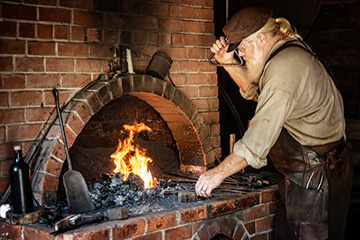Trump poll: Washington voters tuned in, sour
Nearly half of voters in Washington say the Trump administration had a negative impact on them personally during his first two months in office, according to a new Cascade PBS/Elway poll.
Almost 25 percent mentioned negative effects on their finances, and the same cited increased stress and uncertainty. Others named harmful effects on rights and other topics.
The poll was conducted in late-March, before President Trump levied tariffs on more than 100 countries, which sent U.S. stocks on a rollercoaster.
It was also conducted before more than a thousand rallies took place across the country calling for Trump to end the mass firings and budget cuts he’s brought to the federal government. Dozens of these events took place in Washington, where Democrats say they want to see more of this from their party. In the poll, 76 percent of respondents who identify as Democrats said they want the party to “more vigorously attack Trump’s agenda;” 40 percent of independents said the same thing.
Asked about whether the president was making specific elements of life in the U.S. better or worse, clear majorities said he was making things worse for Americans, including on political division (66 percent); U.S. stature in the world (60 percent); the economy (58 percent); fairness and opportunity (58 percent); and democracy (57 percent).
Large majorities of self-identified Republicans in the poll, however, said things were getting better in the start of President Trump’s second term. (Though Washington doesn’t require party registration to vote, when asked in the poll how they would register if necessary, 40 percent said Democrat, 23 percent responded Republican, and 36 percent said Independent.)
Voters of all stripes said they have been following political news closely. Nearly 90 percent reported having a conversation about government, current events, or political issues in the previous week, and 58 percent reported having such a conversation in the past 24 hours. More than half said they are paying more attention to government and politics than they used to.
“Conventional wisdom holds that many voters are exhausted by political news and have been taking a break since the election,” said pollster Stuart Elway, who conducted the survey. “That may have been the case for a few months, but these results suggest a highly engaged electorate.”
The poll was conducted March 27-31 with 403 registered voters in Washington. About 20 percent of respondents participated in live calls by landline, one-third by live cell phone calls, and just over 46 percent online after receiving text-messaged invitations. The poll has a margin of error of plus-5 percent at a 95 percent confidence level, meaning that had the same survey been conducted 100 times, the results would be within 5 percentage points of the results reported at least 95 times.
Source: Cascade PBS, a non-profit public media organization serving the Pacific Northwest with PBS national programming, local TV, and independent political and investigative journalism.

